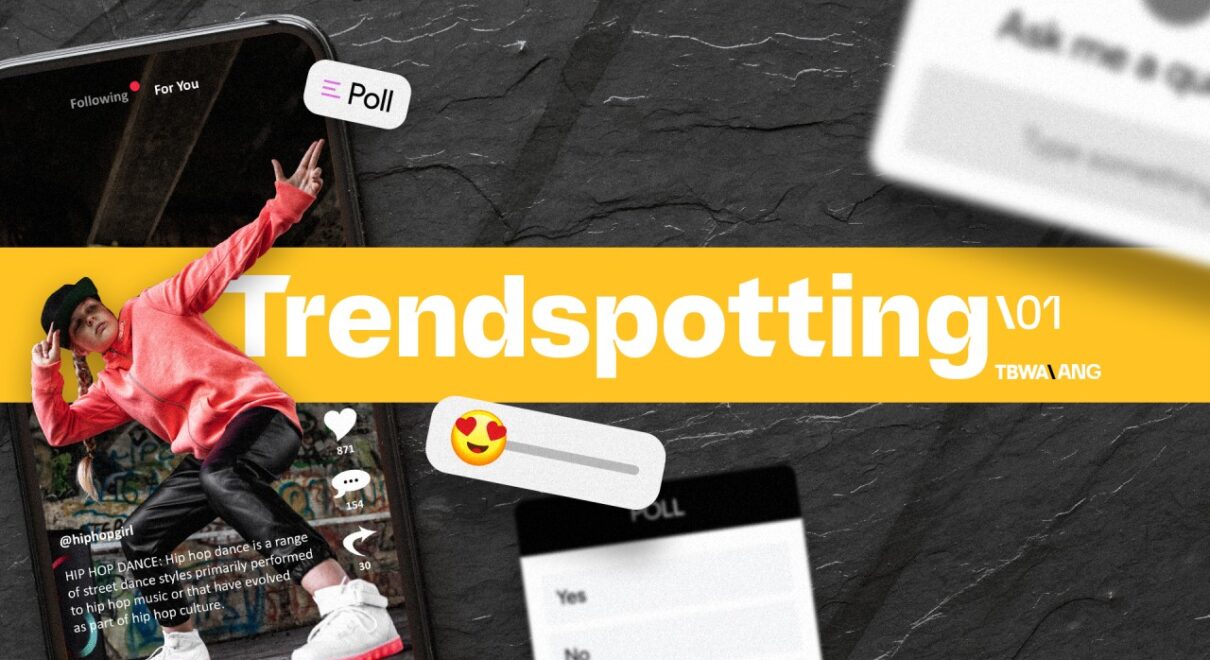Mobile marketing continues to evolve rapidly, driven by advancements in technology and changing consumer behavior.
As more people rely on their smartphones for everyday tasks, mobile marketing has become a critical focus for businesses.
To stay competitive, marketers need to be aware of the latest trends shaping the landscape in 2024.
1. 5G Revolutionizing Mobile Experiences
The rollout of 5G networks is transforming mobile marketing, offering faster speeds, lower latency, and enhanced connectivity. This opens up new opportunities for marketers to create richer, more interactive mobile experiences.
- Improved streaming quality: High-definition video content, such as live streams and interactive ads, will be more accessible.
- AR/VR experiences: 5G enables more immersive Augmented Reality (AR) and Virtual Reality (VR) applications, enhancing customer engagement.
2. Rise of Mobile Commerce (M-Commerce)
M-commerce is gaining momentum, with consumers increasingly using their smartphones for shopping. As mobile payments become more secure and user-friendly, mobile shopping is expected to grow significantly.
- In-app purchases: Apps are focusing on seamless in-app purchasing experiences.
- Social commerce: Social media platforms are integrating shopping features, allowing users to buy directly within apps.
3. Personalization through AI and Machine Learning
Consumers expect personalized experiences, and AI is making it easier for marketers to deliver. AI and machine learning are used to analyze user behavior and deliver highly targeted content, offers, and ads.
- Behavioral targeting: AI can predict user preferences and create personalized recommendations.
- Dynamic content: Machine learning enables dynamic content that adjusts based on real-time interactions.
4. Voice Search Optimization
With the rise of smart assistants like Siri, Alexa, and Google Assistant, voice search is becoming a key mobile marketing trend. Marketers are now focusing on optimizing their content for voice queries.
- Conversational keywords: Content needs to adapt to natural, conversational language used in voice searches.
- Voice-activated ads: Brands are exploring ways to create ads that engage users through voice assistants.
5. App-Based Marketing and Super Apps
Super apps, which combine multiple services into one, are becoming more popular globally. These apps offer a comprehensive user experience, from messaging and shopping to ride-hailing and payments.
- Super apps in Asia: WeChat and Grab have successfully combined various services into one platform, setting the stage for similar developments in other regions.
- Integrated services: Brands can use app ecosystems to offer a seamless experience that keeps users engaged.
6. Location-Based Marketing
Location-based marketing uses real-time data from mobile devices to deliver personalized ads and offers to users based on their physical location.
- Geofencing: Marketers can set up virtual boundaries to trigger ads or notifications when a user enters a specific area.
- Proximity marketing: Using Bluetooth beacons, marketers can send targeted messages to users within a certain distance of their stores.
7. Social Media Stories and Short-Form Video
The popularity of short-form video content, driven by platforms like TikTok, Instagram Reels, and YouTube Shorts, is influencing mobile marketing strategies. Brands are leveraging these formats to engage users with quick, entertaining content.
- Stories ads: Instagram and Facebook stories provide a full-screen, immersive ad experience that captures user attention.
- User-generated content: Encouraging users to create and share short-form content about your brand boosts authenticity and engagement.
8. Influencer Marketing on Mobile
Influencer marketing continues to be a powerful strategy in mobile marketing. Consumers trust recommendations from influencers, and brands are using influencers to promote products and services, especially through mobile platforms.
- Micro-influencers: Smaller influencers with highly engaged, niche audiences often have better conversion rates than large influencers.
- Video collaboration: Brands collaborate with influencers to create mobile-friendly video content for platforms like TikTok and Instagram.
9. Augmented Reality (AR) for Mobile Marketing
AR is becoming a vital tool in mobile marketing, allowing users to interact with products in an immersive way. From trying on virtual clothes to visualizing home furniture, AR enhances user experiences and drives engagement.
- AR ads: AR filters and interactive ads are creating more engaging experiences for users.
- Product visualization: Apps are enabling users to see how products will look or fit in their own space before making a purchase.
10. Mobile Wallets and Contactless Payments
Mobile wallets like Apple Pay and Google Wallet are becoming increasingly popular as more consumers prefer contactless payments. Marketers are capitalizing on this trend by incorporating mobile wallet marketing strategies.
- Mobile coupons: Offer digital coupons that users can save to their mobile wallets for easy access.
- Seamless checkout: Mobile payment options streamline the checkout process, reducing cart abandonment and improving user satisfaction.
11. Privacy and Data Security Concerns
With increasing privacy concerns, marketers need to focus on transparency and user consent when collecting data. New regulations like GDPR and CCPA have heightened the importance of data protection.
- Opt-in consent: Ensure that users are fully informed about how their data will be used and provide clear opt-in options.
- Data security: Prioritize security in mobile apps to protect user data and build trust with your audience.
12. Omnichannel Marketing Integration
An integrated approach to marketing across multiple channels, including mobile, is crucial. Marketers are ensuring that the mobile experience aligns with desktop, in-store, and other touchpoints for a seamless user journey.
- Cross-device campaigns: Use data to create cohesive experiences for users across mobile, desktop, and other channels.
- Consistent messaging: Ensure brand messaging is unified across all platforms, delivering a consistent user experience.
Conclusion
Mobile marketing is evolving rapidly, and staying ahead of the latest trends is essential for businesses looking to succeed in 2024.
From 5G-powered experiences to AR and AI-driven personalization, marketers have a wealth of tools and strategies to engage users and drive growth.
By embracing these trends, you can ensure your mobile marketing efforts are innovative, effective, and customer-focused.






